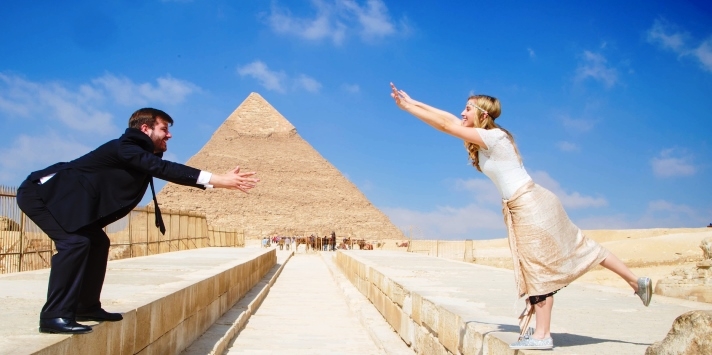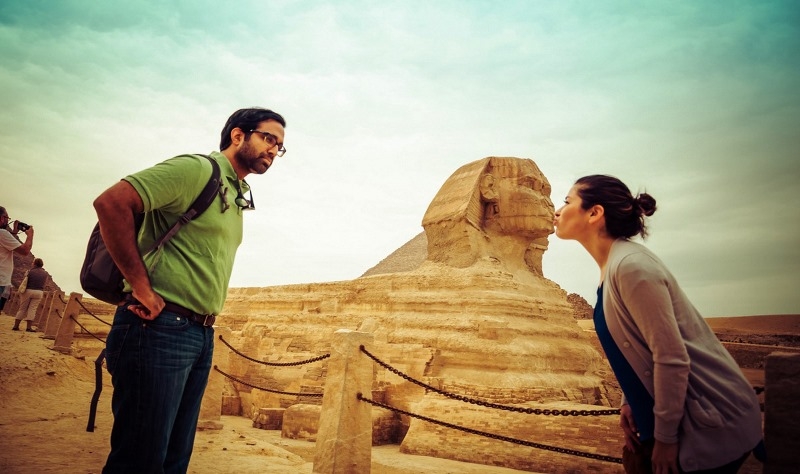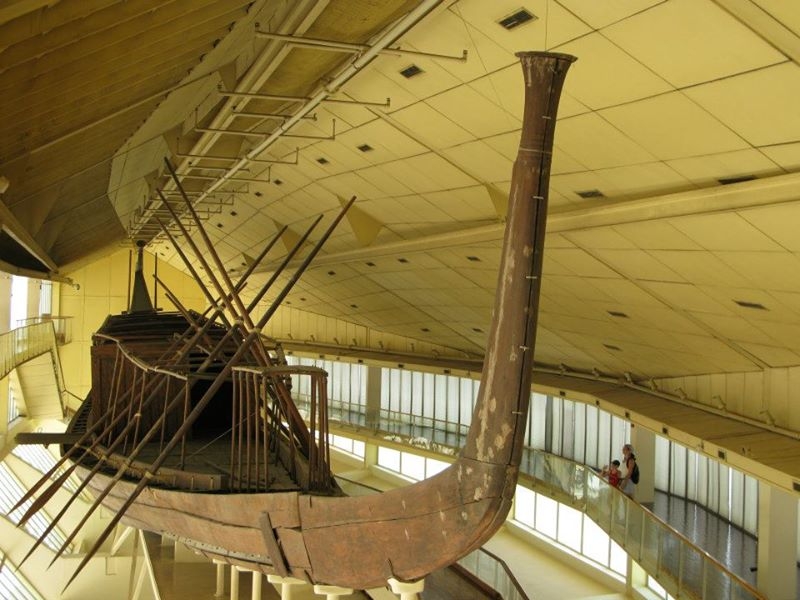Giza Necropolis
ِAncient Egyptian History
- The Middle Kingdom of Ancient Egypt
- Alexander the Great | Egypt History
- Queen Hatshepsut | Luxor | Egypt
- Tutankhamoun King | Ancient Egypt Kingdom
- Salah Al-Din Al-Ayyubi
- King Ramses II: Facts, Accomplishments, Life and Death
- Sultan Mohammad Ali
- Amr Ibn Al-Aas
- The Old Kingdom of Ancient Egypt
- The New Kingdom of Ancient Egypt
- Greco-Roman Period
- Early Islamic Period in Egypt
- Mamluk and Ottoman Period
- Egypt in the Modern Era
- Behind the Throne: Exploring the Life and Reign of Queen Cleopatra of Egypt
Cairo Attractions
- Al Aqmar Mosque | Cairo | Egypt
- Sultan Al Mansur Qalawun Mosque | Cairo
- Al Azhar Mosque | Cairo | Egypt
- Amr Ibn Al Aas Mosque | Old Cairo
- Mu’ayyad Mosque and Bab Zuweila
- Museum of Islamic Art | Cairo
- Sultan Hassan Mosque & Madrasa | Islamic Cairo
- Ibn Tulun Mosque and Gayer Anderson Museum
- Bayt Al Suhaymi in Cairo | Al Suhaymi House
- Cairo Opera House
- The Coptic Museum in Cairo
- The Egyptian Museum in Cairo
- El Ghorya | Attractions in Cairo Egypt
- Ben Ezra Synagogue | Coptic Cairo
- Khan El Khalili Bazaar
- Old Cairo and Coptic Cairo
- Salah El Din Citadel in Cairo | Egypt
- The Hanging Church | Coptic Cairo
- Al-Muizz Al-Deen Allah Street
- Downtown Cairo
- Zamalek / Gezira
- Islamic Cairo
- Souk Al Khayamiya | Tentmakers Bazaar
Alexandria Attractions
- Alexandria Travel Guide | Egypt
- Marsa Alam Information
- Qaitbay Citadel in Alexandria | Fort Qaitbay Egypt
- Pompey's Pillar (Column) in Alexandria | Egypt
- Al Alamein | Mediterranean Sea Egypt
- Alexandria Library Egypt | Bibliotheca Alexandria
- Experience the Heart of the Mediterranean: Your Guide to the Best Things to Do in Alexandria, Egypt
- The Catacombs of Kom el-Shuqafa | Alexandria
- Greco-Roman Museum
- Lighthouse of Alexandria
- Montazah Park Alexandria | Egypt
Luxor Attractions
Aswan Attractions
Nile Valley
Red Sea and Sinai
Ports of Call
Lake Nasser
Egyptian Culture and Travel Info
The Giza Pyramids have become nearly synonymous with Egypt herself. Their incredible size continues to impress millions of visitors each year, as they struggle to comprehend how three kings, Khafre, Khufu, and Menkaure, could have constructed such huge structures so long ago.

Despite their fame, the Giza Pyramids represent only a short moment in the long history of Ancient Egypt. All three great pyramids, as well as the secondary pyramids next to them, were built during the 4th dynasty of the Old Kingdom of Ancient Egypt. The Old Kingdom (c. 2686—2181 BC) was the first of the three major eras of Ancient Egypt’s history. Archaeologists believe that the 4th dynasty (c. 2613—2493 BC) was the ‘golden age’ of the Old Kingdom because of the size and quality of the pyramids that were built during this time at Giza.
Subsequent pyramids did not come close to rivaling the size or quality of construction of these huge structures. The huge blocks of limestone used in construction have stood the test of time much better than any of the other pyramids (and there are over 100) built before or after them.

Although they dominate the view, the pyramids are not the only site to see on the Giza Necropolis. Like the other pyramid fields in Egypt, the sites were used for less significant burials as well. The tombs of nobles have also excavated on the site and there is a Valley Temple, the processional entrance to the pyramids, associated with each structure.
In addition, you can visit the Solar Boat Museum, to understand how the pharaohs’ bodies were transported to this site by boat thousands of years ago. Lastly, it is impossible to forget the giant statue of the Great Sphinx. This great sculpture has guarded the site of the Giza Pyramids for nearly 5000 years.
- You Can Visit the Giza Necropolis through one of Egypt Tour Packages.
Read Also:

